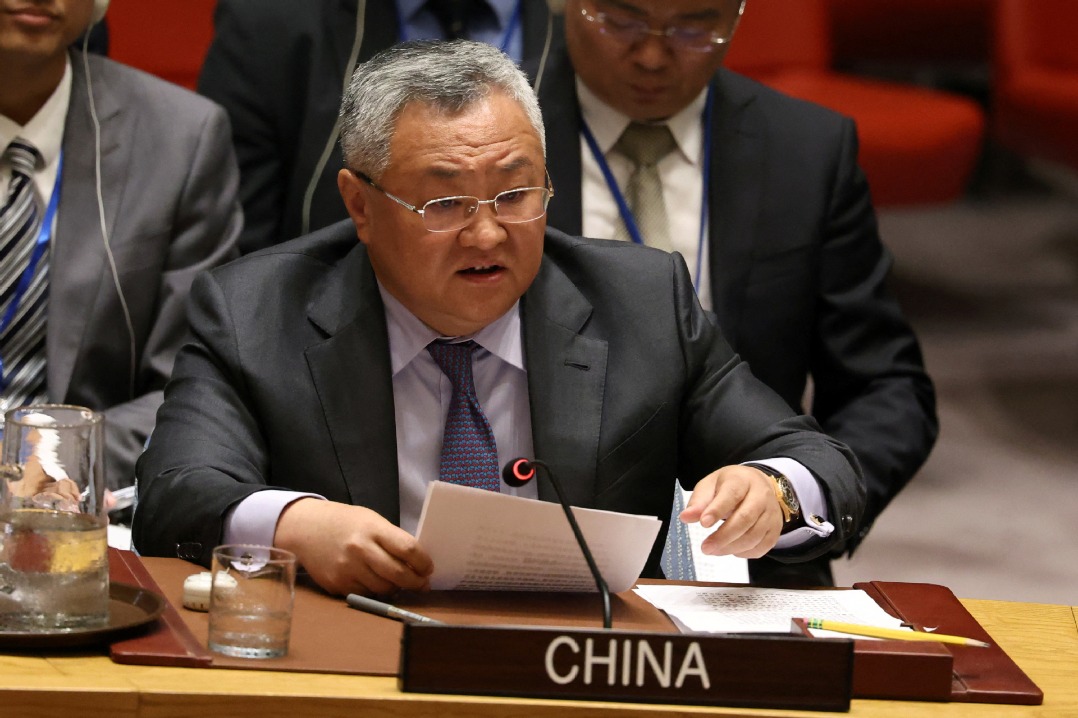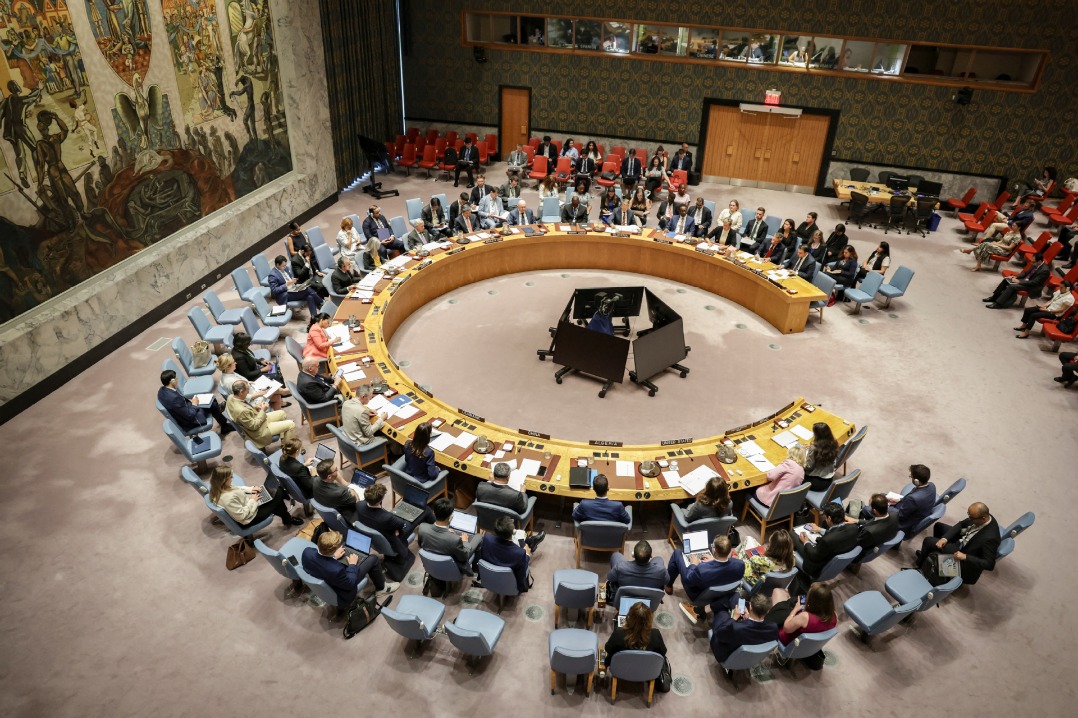With Sino-US talks at crucial point, a practical approach is needed


China-US trade talks have entered their most difficult phase. As talks draw to a close, they are likely to run into twists and turns and encounter greater difficulties.
The 11th round of talks between the two sides ended on May 10, with Vice-Premier Liu He saying both China and the US were engaged in constructive exchanges and agreed to meet in Beijing in the future for further consultations, and the talks did not break down.
But the US took unilateral measures and increased tariffs on Chinese goods worth $200 billion from 10 percent to 25 percent. China said it would take necessary countermeasures, and responded by announcing that it will increase tariffs, effective June 1, on $60 billion of US imports.
The main difference between the two sides are on three issues: removal of tariffs, size of trade purchase and a balanced text in any trade deal. Since these issues are all related to China's major concerns and core interests, repeated consideration and deliberation is needed to reach a win-win, operable and balanced mechanism.
The tariff hike on $200 billion of Chinese goods, running against the free trade principles of the World Trade Organization, lowered people's confidence in future economic growth and brought great uncertainty to the economy of China, the US and the whole world. During the course of the trade friction, the US has raised tariffs three times. Therefore, China had to take necessary countermeasures.
The tariff increases have caused fluctuations in the global financial market and irrevocable economic loss to US companies, consumers and farm owners, sabotaging the global industrial chain. As a result, various US trade associations have taken a clear position against the tariff increases.
At public hearings last year before the US raised tariffs on $200 billion of Chinese goods to 10 percent, many US companies opposed the move and submitted several examples to show the close economic and trade relations between China and the US and the integrated industrial chain that had already taken shape. In order to make up for the losses of farm owners, the US government offered compensation of as much as $12 billion.
As for trade purchases, China and the US must take a practical and realistic approach. The underlying cause of trade deficits of the US lies in its domestic undersaving. In fact, the US runs trade deficits with half of its major trading partners, which means America's trade imbalances are multilateral. Even if the US stopped importing from China, it has to import from other countries, but the trade deficits will remain for the US.
From the perspective of long-term common development, China is expanding imports on a voluntary basis. This move is aimed at meeting Chinese people's aspirations for a better life and is in line with its domestic trend of consumption upgrading.
The last difference concerns a balanced text of a trade deal. In the entire process of negotiation, China is committed to interactions and communications with the greatest sincerity. It upholds the principles of being reasonable and showing restraint. The doors are always open for talks.
The basis of negotiations is mutual respect and treating each other as equals, and the goal of negotiations is to safeguard interests and the reasonable demands of both sides. No one should impose their own will on the other, and no one should challenge the bottom line of the other's social and economic systems. China hopes for a balanced, dignified and operable agreement. It will not compromise on principle-related issues.
The China-US relationship transcends bilateral significance. Eleven rounds of consultations have been conducted. What's more, all kinds of uncertainties are sure to emerge. Against this backdrop, there are references in the US about "decoupling" and "clash of civilizations", which pose serious interruptions to bilateral economic and trade ties.
Both China and the US should shoulder the responsibility as major countries amid the downward pressure on the global economy. The two should, on the basis of mutual respect and reciprocity, take an objective and reasonable approach to their relations and avoid taking capricious actions.
The author is a researcher and deputy director of the Department of External Affairs at the China Center for International Economic Exchanges. The views do not necessarily reflect those of China Daily.

































